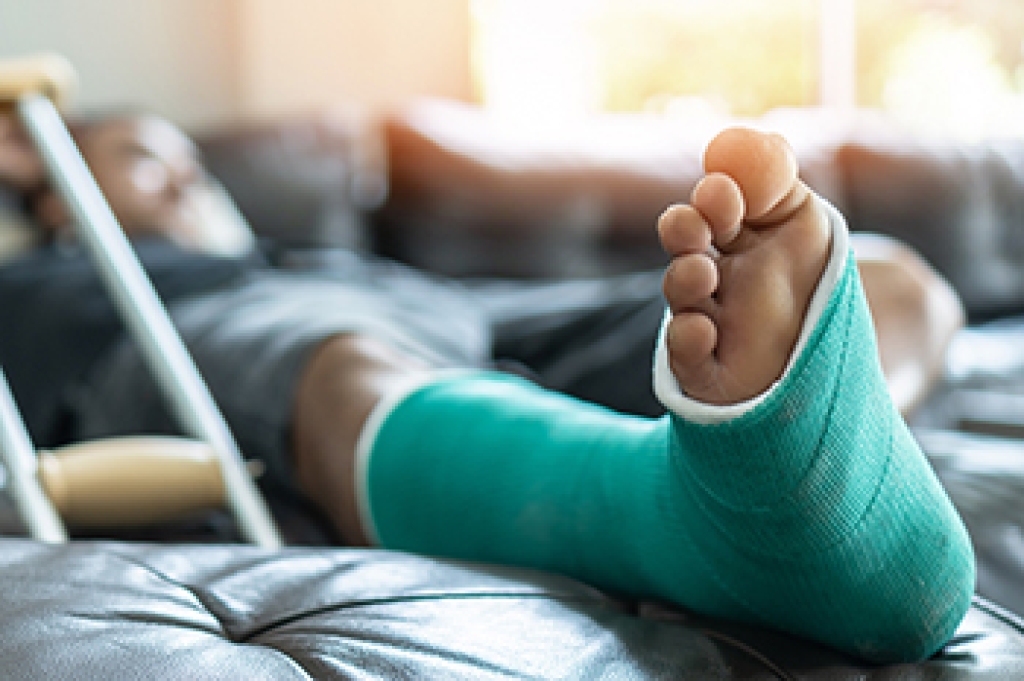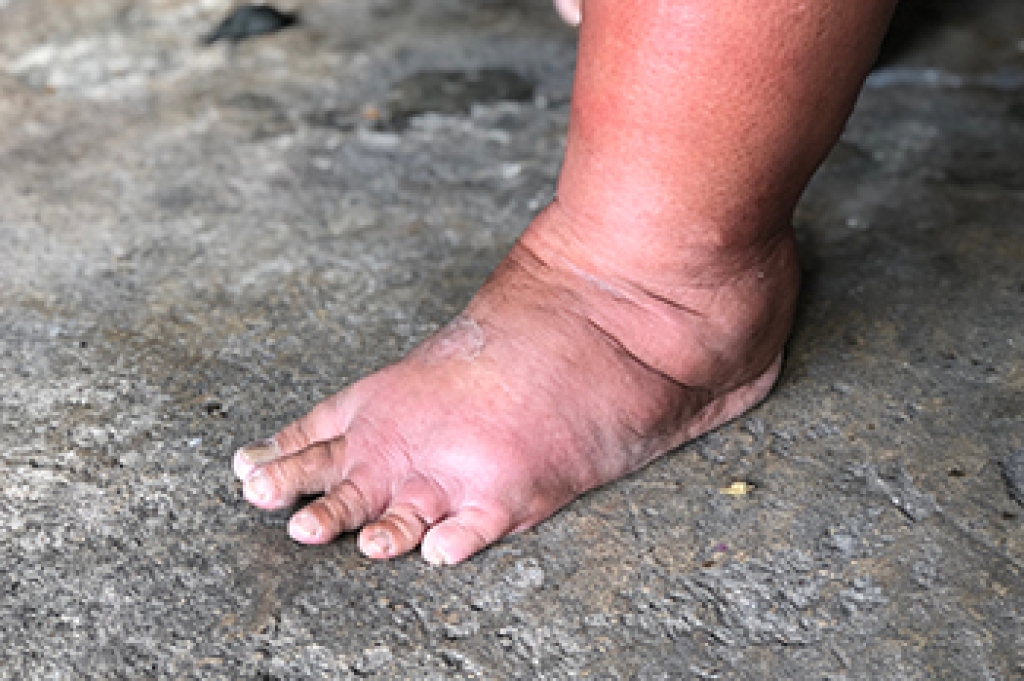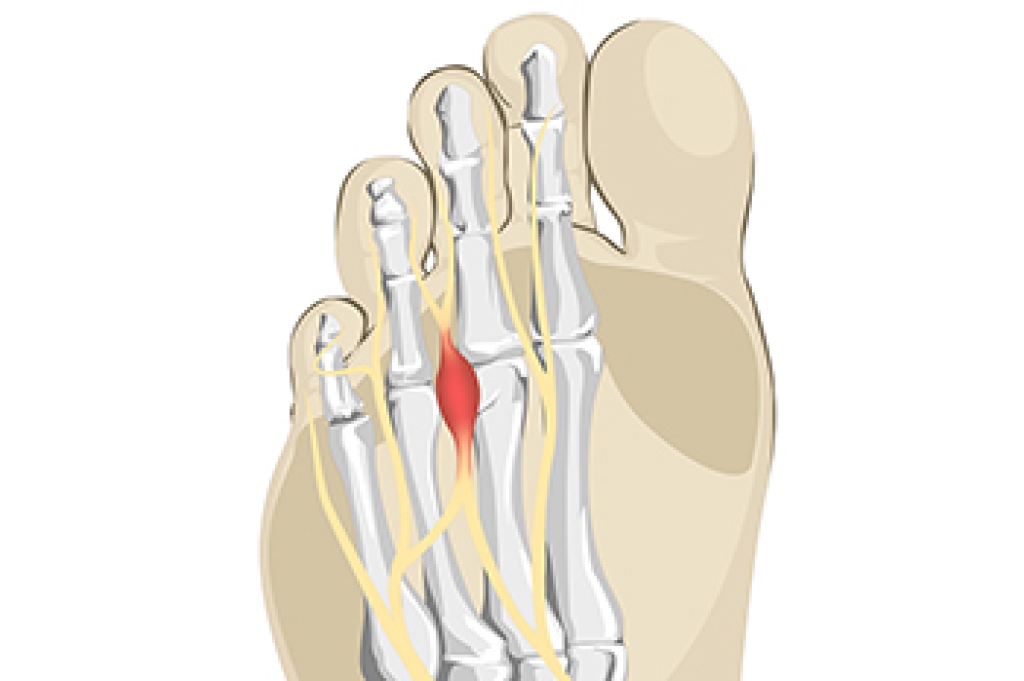
A broken ankle is easy to notice. It produces severe pain and discomfort after a fall has taken place, and it is often impossible to walk on. Additional symptoms include a numbness in the ankle and surrounding area, swelling, and bruising. To determine if the ankle is fractured, an X-ray is generally taken, and this is helpful in determining the exact location of the break. If the break is severe, an MRI or CT scan may be ordered that can show if there is tissue damage or other injuries. A broken ankle is often treated by wearing a cast or a boot for several weeks. This is beneficial in keeping the ankle stable as the healing process occurs. Additionally, when the ankle is elevated above the heart, the swelling is often reduced, and it may provide relief. If additional symptoms occur, such as warm and tender legs, or if your toenails start to turn gray or blue, immediate attention from a podiatrist is strongly advised. Please consult with a podiatrist who can effectively treat broken ankles.
Broken ankles need immediate treatment. If you are seeking treatment, contact one of our podiatrists from Footcare Now. Our doctors can provide the care you need to keep you pain-free and on your feet.
Broken Ankles
A broken ankle is experienced when a person fractures their tibia or fibula in the lower leg and ankle area. Both of these bones are attached at the bottom of the leg and combine to form what we know to be our ankle.
When a physician is referring to a break of the ankle, he or she is usually referring to a break in the area where the tibia and fibula are joined to create our ankle joint. Ankles are more prone to fractures because the ankle is an area that suffers a lot of pressure and stress. There are some obvious signs when a person experiences a fractured ankle, and the following symptoms may be present.
Symptoms of a Fractured Ankle
- Excessive pain when the area is touched or when any pressure is placed on the ankle
- Swelling around the area
- Bruising of the area
- Area appears to be deformed
If you suspect an ankle fracture, it is recommended to seek treatment as soon as possible. The sooner you have your podiatrist diagnose the fracture, the quicker you’ll be on the way towards recovery.
If you have any questions, please feel free to contact our offices located in Elmhurst Jackson Heights, Astoria, Rego Park, and Forest Hills, NY . We offer the newest diagnostic and treatment technologies for all your foot care needs.




